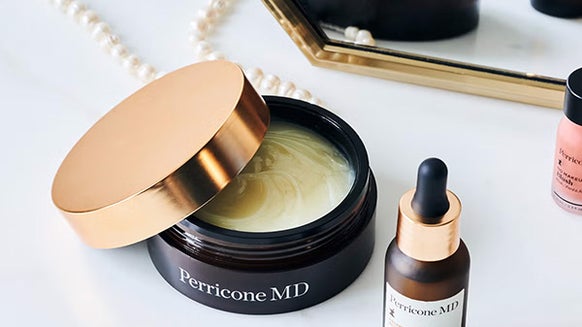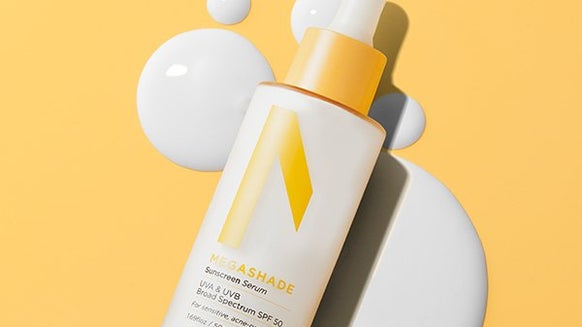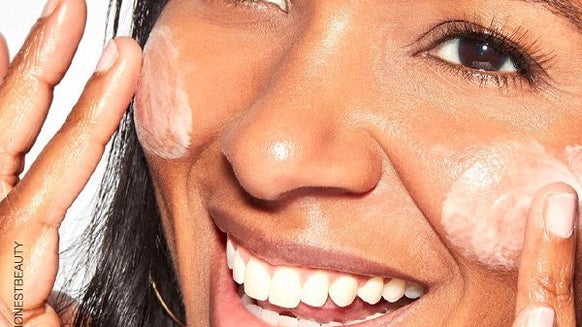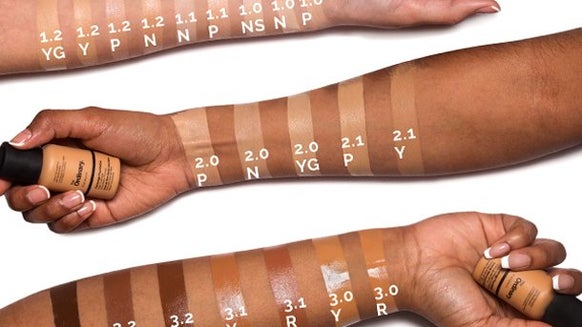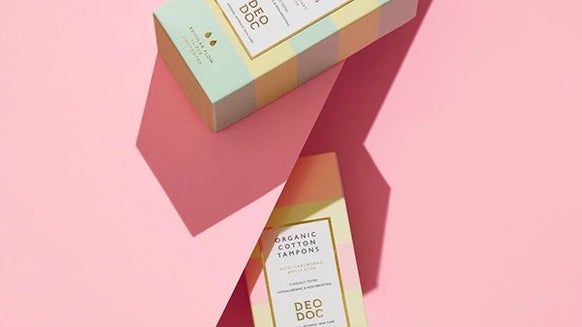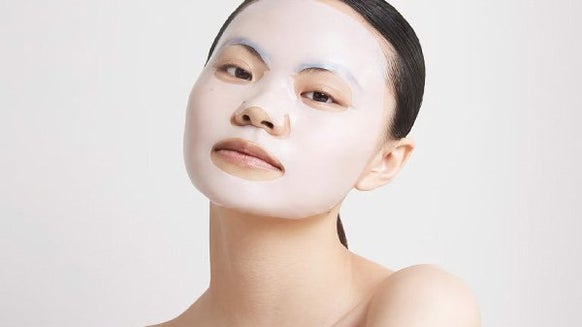The ultimate guide to detecting your skin type
Identifying your {skin type} can be a challenge, and if like many of us you’re often left confused about which ingredients and products will benefit you the most, we’ve created a go-to guide to help you achieve a serious glow up.
From combination and oily to dry and sensitive, each skin type has different visible signs and needs a different range of products and ingredients to help keep it nourished and healthy.
Expert dermatologists are raising awareness on the importance of identifying your skin type, in order to avoid suffering from problems such as {blemishes} or {flaking}.
Dr Ophelia Veraitch, Consultant Dermatologist at Cranley Clinic said “many women in the UK struggle to correctly identify their skin type, however to help keep skin healthy and nourished, it’s really important to understand which products and ingredients will benefit you the most.”
Use our guide below to find out about each skin type, along with the best ingredients and products for each one.
The easiest way to identify your skin type is to remove all make up, grab a mirror, and take a good look at the texture, colour, and overall appearance of your skin. So, let’s get started…
When it comes to your skin type, genetics can determine the amount of oil your skin produces because they regulate cell production. People often have varying sizes of sebaceous glands—which produce sebum. Overactive sebaceous glands cause more oil production and can result in combination skin.
Hormones are also a huge factor and can cause your skin to {over-produce oil} in some areas while drying out in others. Not surprisingly, finding the right routine for combination skin can be tricky as products for very dry skin will make an oily T-zone worse, while formulas that are best for very oily skin won’t help very dry areas.
An oily T-zone (forehead, chin and nose)
Enlarged pores in this area perhaps with some impurities
Normal to dry cheeks
Breakouts when on your period
Salicylic Acid – Because this ingredient penetrates not only the surface of the skin but also the pores, it's especially great for reducing breakouts and inflammation without drying out the skin.
Hyaluronic Acid - Hyaluronic acid is well known for its skin benefits, especially alleviating dry skin, reducing the appearance of fine lines and wrinkles, and speeding up wound healing.
Green Tea – The antioxidants in green tea can help to target dry areas of skin, whilst at the same time its antibacterial properties will clear clogged pores and fight breakouts.
Cleanser - Dr. Dennis Gross Skincare's {Alpha Beta Pore Perfecting Cleansing Gel} or THE INKEY LIST's {Salicylic Acid Cleanser}.
Toner - PAULA'S CHOICE {Skin Perfecting 2% BHA Liquid Exfoliant} or Glow Recipe's {Watermelon Glow PHA + BHA Pore-Tight Toner}
Serum - Sunday Riley's {U.F.O. Ultra-Clarifying Face Oil} or The Ordinary's {Niacinamide 10% + Zinc 1%}
Moisturiser - Farmacy's {Daily Greens Oil-Free Gel Moisturiser} or Kate Somerville's {Oil-Free Moisturizer}
Keep your products cool - Rather than storing products in your bathroom or dressing table, put them in the refrigerator. By keeping the contents cool, it will help reduce inflammation and redness when applied to the skin and ensure more balanced oil production throughout the day.
Treat your T-zone differently - Different areas of the skin need to be treated individually, so rather than using the same moisturiser over your entire face, use an {oil-balancing moisturiser} on your T-zone to control shine and a richer moisturiser on your cheeks for hydration.
Use different cleansers morning and night - Combination skin may need a different type of cleanser at different times of the day. Why not try using a {foaming cleanser} in the morning to balance sebum levels and then switching to a light, cream-based {cleanser in the evening} to help replenish moisture.
‘Dry’ is used to describe a skin type that produces less sebum than "normal" skin. As a result of the lack of sebum, {dry skin} lacks the lipids that it needs to retain moisture and build a protective shield against external influences.
This leads to an impaired barrier function. Dry skin exists in varying degrees of severity and in different forms that are not always clearly distinguishable.
Significantly more women suffer from dry skin than men and all skin gets dryer as it ages. Problems related to dry skin are a common complaint and account for 40% of all visits to dermatologists.
Dr Ophelia Veraitch said “It's a common misconception that you've only got dry skin if it's flaky and peeling. Even if your skin just feels tight, that's usually an indicator that you’re suffering from dryness.”
A feeling of tightness
A rough and blotchy appearance
A feeling of tightness
Possible itchiness
Sensitivity to irritation
Redness
Flaking in patches
To combat dry, tight skin, you'll want to build a routine that's full of nourishing, moisture-rich skin care products. You'll also want to focus on


